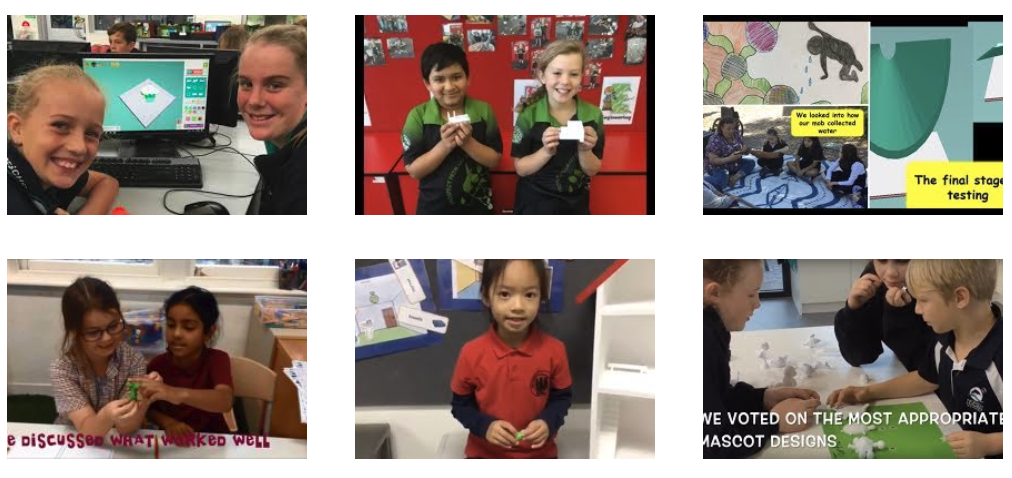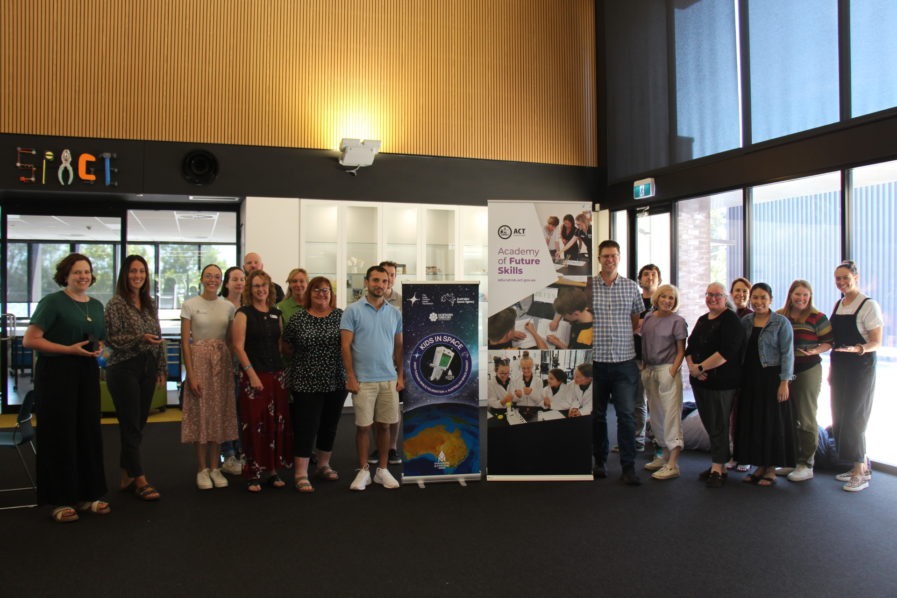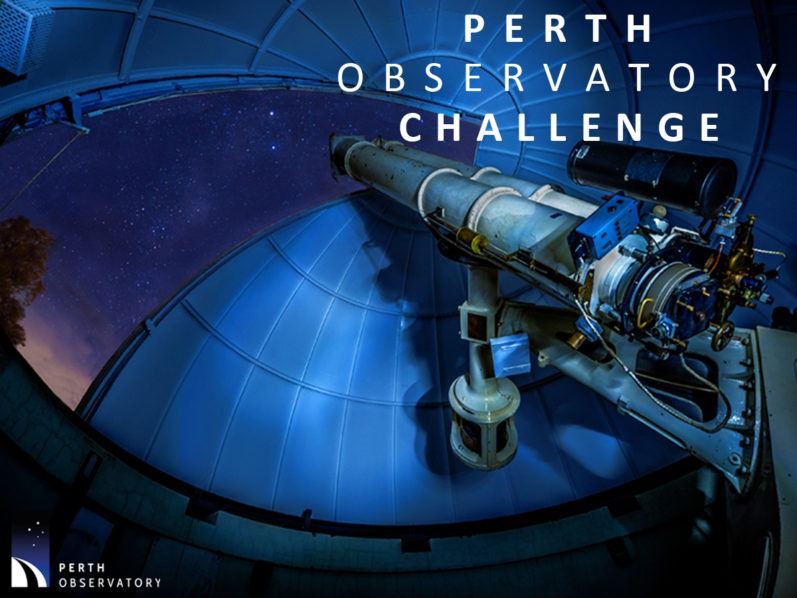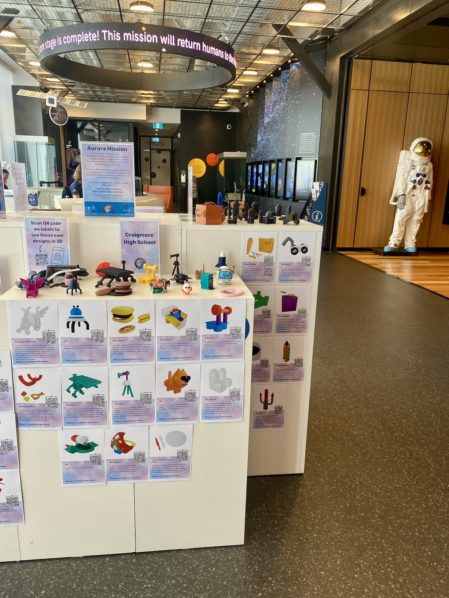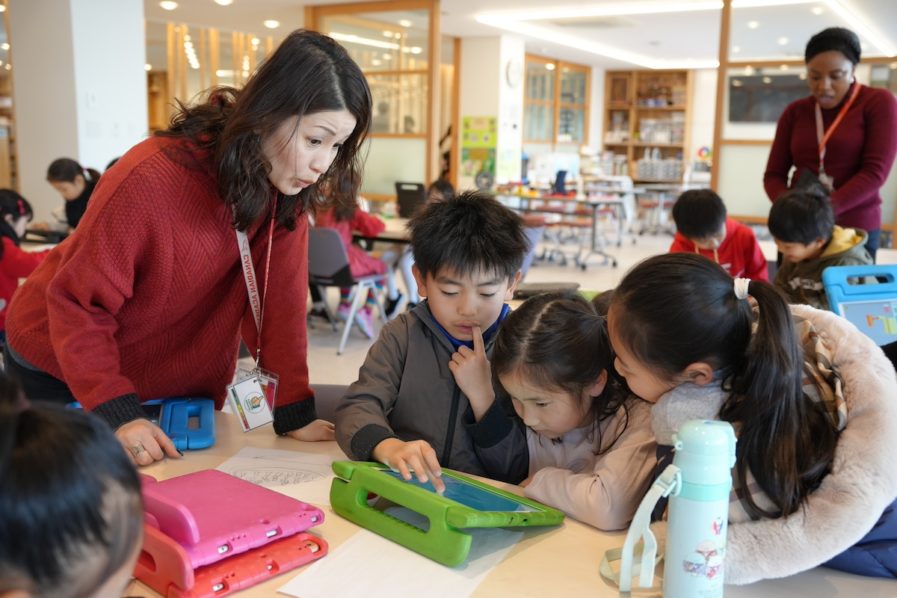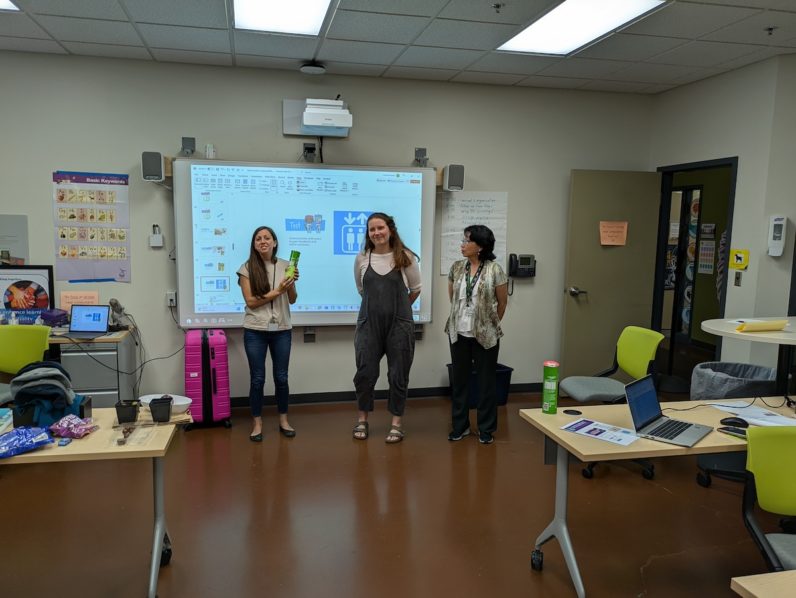At Makers Empire, we are privileged to witness the extraordinary problem-solving and creative innovation that K-8 students are capable of when equipped with intuitive, age-appropriate 3D design software and guidance from their well-resourced teachers.
Recently, we’ve seen how Roseworthy Primary School students helped wheelchair sports athletes by designing an arm guard, and how Littlehampton Primary School students helped a classmate with cystic fibrosis by designing an apparatus to help dry out the nebuliser he used every day.
We’ve seen how students experience every stage of the Design Thinking process — Empathise, Define, Ideate, Prototype, and Test — in their quest to make their world, and the world of those around them, a better place.
When explaining the Design Thinking cycle to students it often helps to have an example that you can use to demonstrate the five stages. So here are five videos made by schools showing how their students use the Design Thinking cycle and Makers Empire to identify and solve real-world problems, needs and opportunities.
These five videos are ideal for showing to your own elementary, primary and middle school students to engage and inspire them. How can they make their world better?
1.How Forbes Primary School Students Solved the Issue of the Identical School Bags with 3D Printing
This video is inspiring for so many reasons. The young students at Forbes Primary School explain their project and learning with such earnestness that it’s impossible not to be charmed by them. Kids will love how everyone in the class has a role in it and how well students explain both the Design Thinking cycle and what they learned. This video was the winner of the 3D Printing in Schools Project 2017 competition.
2.How St Stephens School Students Helped their Teacher’s Toddler with 3D Printing
This is the video we show people when they’re wondering if 3D printing can actually be an authentic teaching tool. Grade 5 students at St Stephen’s School worked together to create a 3D printed clip to help their teacher’s daughter, who has cerebral palsy. Watching how the kids work together to solve this issue is truly inspiring. For students, seeing kids around their age creating an object that makes a real difference to their teacher’s toddler is very powerful, too.
3. How Woodville Garden Primary School Students Developed Relationships with Senior Citizens with 3D Printing
In this video, students will learn how Woodville Gardens Primary Schools students helped senior citizen living in a nearby aged care home. Watching the students interviewing the home residents and then creating 3D printed items specifically to meed their needs was heart-warming. This video was the winner of the 3D Printing in Schools Project 2018 competition.
4. How West Lakes School Students Solved Sustainability Issues at School with 3D Printing
This is a great video to show students when you’re trying to work out what project to do as a class. These students from West Lakes Shore Primary School focused on solving sustainability issues in their school. Within the class, they then split up into smaller groups to work on three different projects: creating herb markers for the school garden to identify the plants, creating hose holders for the school garden to reduce water wastage and 3D printing tags to better identify the school rubbish bins so students didn’t put things in the wrong bin.
5. How Richmond Primary School Students Learned English While Creating 3D Printed Dolls House Furniture
This video is a fantastic example of the cross-curricular learning that can be achieved using 3D printing and Makers Empire. Students at Richmond Primary School have recently moved to Australia, so they are learning English as a second language. Their wonderful teacher devised a project around creating furniture for a doll family that was moving into a new house to replicate her students’ experience of moving to Australia. She then used this project to teach them the English words for common household furniture and items and mathematical shapes. Brilliant!

